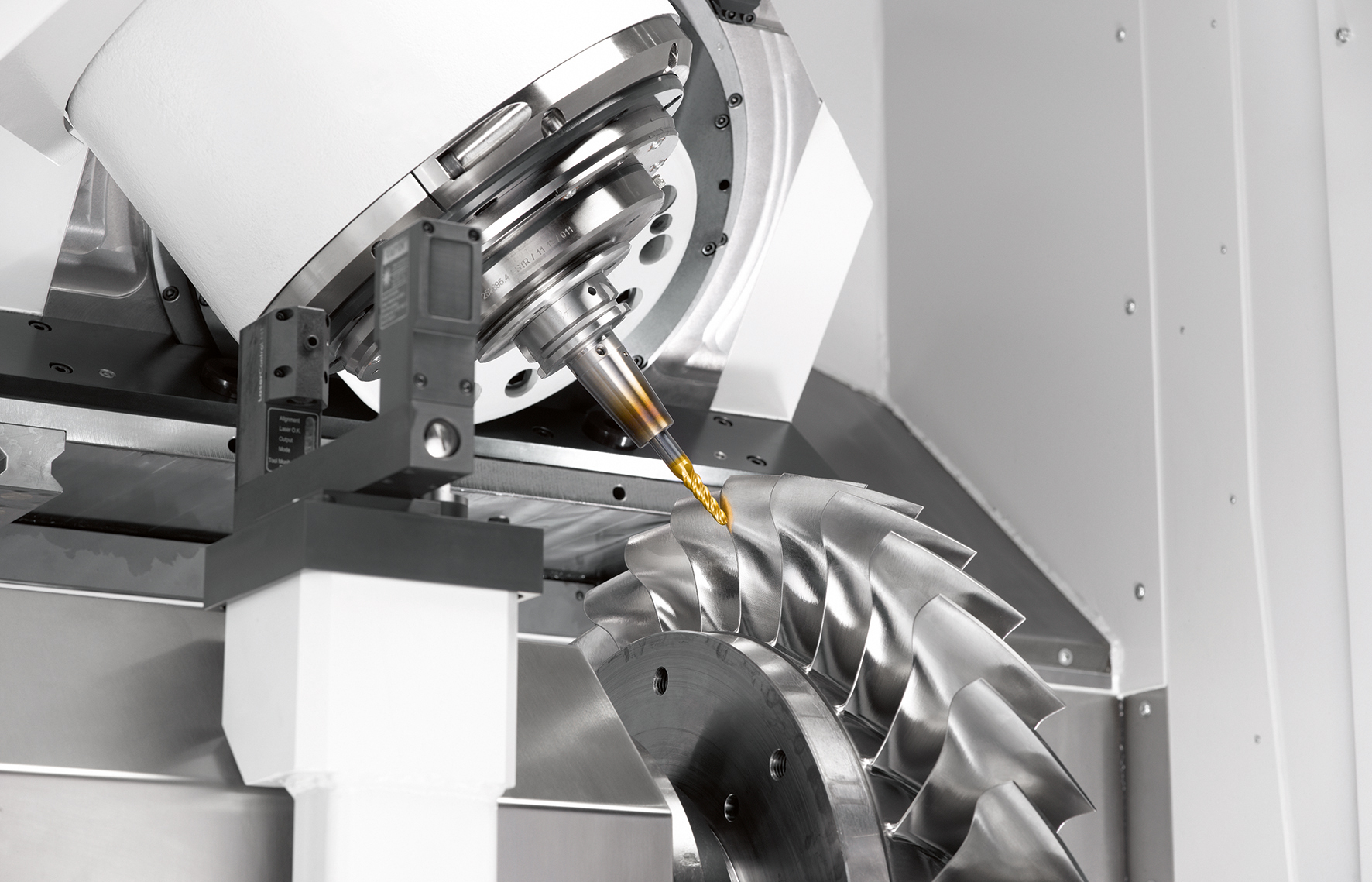Cold drawing is a metal-forming process that reduces the cross-section of steel bars and rods. It is more precise and has a better surface finish than hot extruded products.
The lead ends of the bar or rod are pointed so they can enter a die, which forces them to stretch and manipulates them to size. The bar or rod is then annealed to make it soft for further processing.
Wire
Whether you’re a metal production company that markets steel wire rod in different diameters or an industrial manufacturer of mesh products, having a cold drawing machine is essential. It takes a primary black, galvanized or aluminum wire rod in its original state and reduces the diameter to create all kinds of metal products.
Like other drawing processes, cold drawing uses physical force to stretch and manipulate metal. The difference between it and hot drawing is that cold drawing doesn’t use any heat to help deform the metal.
Before the process starts, the wire rod must be stripped of its calamine coating. This first step is important because the calamine layer inhibits the fluidity of the drawing process. Next, the wire is drawn through a series of dies that are smaller than the rod’s original diameter. These dies are usually made from materials like tungsten carbide. Computer simulations can predict the performance of the draw by estimating factors such as stress ratios, drawing force and back tension generated.
Bar
The utility model consists of a cold drawing wire-drawing bench structure that can be used on the stretching machine to draw metal wire rod. This equipment effectively solves the existing wire rod drawing problem of limited height, enhancing raw-material utilization rate and improving the production of high-grade and advanced steel products for a variety of applications.
Before starting the drawing process, the raw materials are submerged in a cold-drawing lubricant to assist the metal bar in passing through the dies without damaging it. After undergoing several reduction passes, the metal bar is drawn to its desired size. The finished product features a bright and polished finish, increased mechanical properties, better machining characteristics and precise and uniform dimensional tolerances.
Compared to hot-rolled bars, cold drawn steel bars are easier to work with because they maintain their shape during the drawing process. They are also more accurate in diameter and possess greater yield and tensile strengths, making them ideal for use in long products like bolts and screws.
Coil
The coils are positioned so that the first rim passes over the die. This allows the die to be properly sized and the wire package to enter the drawing block in an untangled state.
A computer-controlled system monitors the entire operation from a single operator station. This enables the use of color bar graphs to display various data such as die-to-die area reduction and other important metrics. A PC-based system also enables direct dial-up to the plant data network so that production reports or trouble alarms can be instantly e-mailed.
The machine can draw carbon steel pipe, ball bearing steel, low alloy steel and stainless steel bar material. Moreover, it can be used for cold forming of pipes and rods from hot-rolled bars in a variety of industrial applications. Its annealing function can be used before, during or between the cold drawing process. Its simple design makes it easy to operate and maintain. It also features a robust main drive motor, which provides stable performance and energy-saving.
Tube
The tubes produced by the cold drawing process are used in many different applications requiring high tensile properties and precise dimensions. The tubes are drawn in a controlled fashion over a mandrel and through a die to reduce their outside diameter and wall thickness. After drawing, the tubing is stress relief annealed, straightened and cut to length.
The forming criterion for tube drawing is the maximum axial stress that can be induced on the drawn section while maintaining a sufficient plastic deformation. In order to reach these limits, it is necessary to accurately simulate the physical parameters involved in the drawing process namely the sinker geometry, tensile load and thickness of the tube after the drawing (Fig. 1).
These parameters are influenced by temperature variations that are not taken into account in most of the drawings experiments. The quality of a thermomechanical model is directly linked to the accuracy of these fit. Therefore, a method is proposed to obtain these parameters based on experimental measures realised on drawing benches.

